
Forty years ago, John Carpenter released a horror movie called The Thing. In the early ‘80s, Hollywood seemed to be extremely interested in extraterrestrial life and the not-quite-human: in 1982 alone, three of the top 30 movies were E.T., Star Trek II: The Wrath of Khan and Blade Runner.
The Thing, which is about a parasitic alien lifeform capable of mimicking other living organisms, was not as successful. It barely beat out its $15 million budget at the box office. It doesn’t have the sweetness or the optimism of E.T.; it doesn’t have the world-building narrative charm of a Star Trek movie; it doesn’t have the cool, sci-fi crispness of Blade Runner.
And yet here we are celebrating The Thing after four decades, because it has a long-lasting popularity that makes it nearly the equal of those aforementioned films. What it has instead of all of the stuff those other movies have is blood, guts and gore. It’s a body horror movie, which means it showcases grotesque changes to the human form.
Body horror movies have an appeal that’s hard to explain in words, but is immediately understandable to anyone who has ever, for example, popped a zit. Movies — The Thing among them — create a fantasy space where we can imagine the limits of what the human form can endure. Movies are thought experiments, narrative hypotheses. We wonder what would happen if… And we get lost in the possibilities of that.
Body horror movies also seem to endure over time. The movies on this list were not often the biggest blockbusters when they came out, but they’ve gathered followers over the years. Something in them makes our skin crawl but that something also sticks with us — and we keep going back. Body horror movies are like the little sore in your mouth that you can’t stop touching with your tongue. But don’t worry! They’re just movies, right?
Dark Passage (1947)
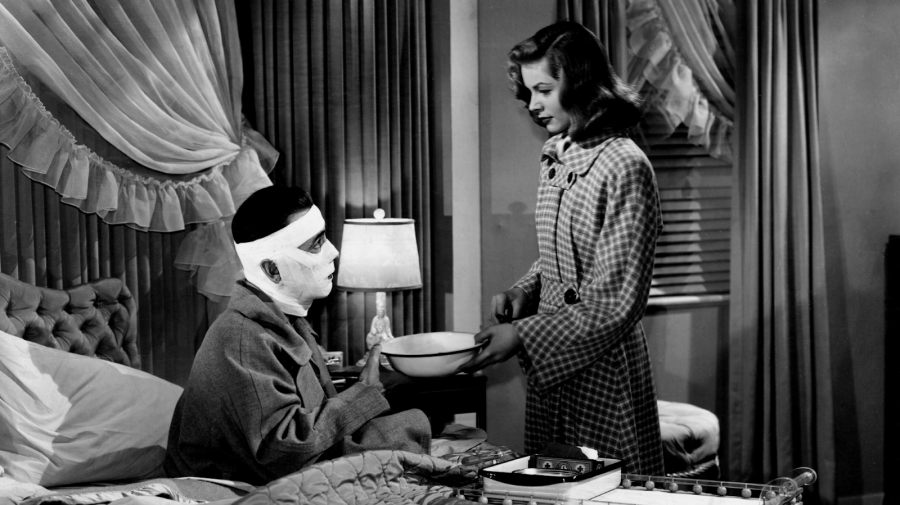
Before we get into proper body horror films, I wanted to shout out this gem from 1947 by the great director Delmer Daves. It’s the story of a man who escapes from prison after being wrongfully convicted for murdering his wife. It’s also one of the four great movies that the real-life movie-star couple Humphrey Bogart and Lauren Bacall made together, and it’s worth watching for that reason alone.
But what makes this movie really great is that for the first third of it, we see everything from the perspective of Vincent Parry (Bogart). That means we never see his face until — due to a convenient plot twist — he gets some shady plastic surgery in the middle of the night and a couple weeks later is revealed to look like, well, Humphrey Bogart. It’s a great movie joke — having Bogart play an unseen man who does not look like Bogart until he does.
And yet there’s something creepy about it — about imagining someone’s face being altered to look like an entirely new person. It never sits quite right, and it’s part of what gives us the nagging sense that something’s wrong all the way through the film. Dark Passage has a happy ending, but to me it’s proto-body horror for the way it makes me squirm at the manipulation of the human form.
Invasion of the Body Snatchers (1956)

I thought about including the 1978 remake of this film, but the purist in me wants to go with the original here. This movie, directed by Don Siegel, is an absolute masterpiece of the genre, and really as a movie, period. It concerns an alien invasion and involves plant seed pods that are able to grow exact visual copies of human beings. These “pod people” are devoid of life and personality — they just kind of wander around.
There are two classic body horror things going on in Invasion of the Body Snatchers. One is just the idea that the people you see walking around might be possessed by some other intelligence that has stripped them of their agency or selfhood. That’s scary enough. But the other body horror element is the pods themselves. They’re gross!
The Blob (1958)
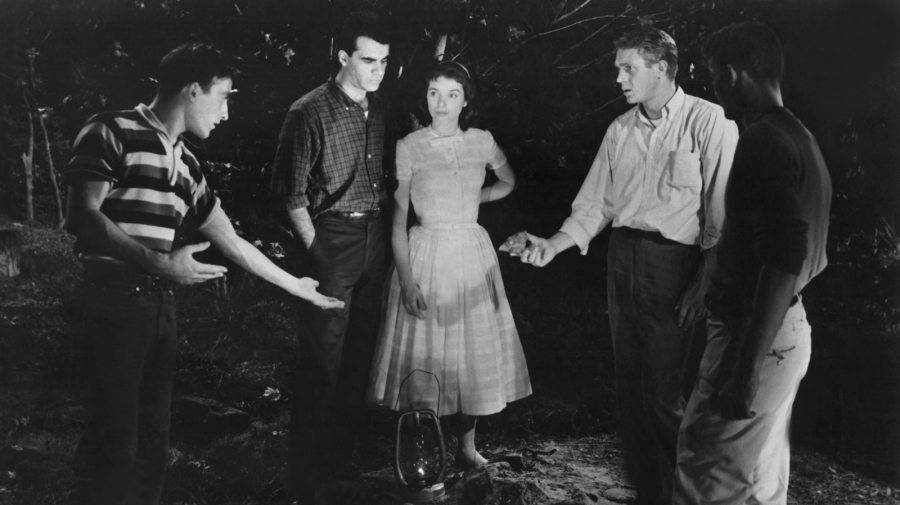
We have no choice but to include The Blob, which also has the distinction of being the first starring role in the career of Steve McQueen, one of the greatest action stars of all time. The Blob is one of many movies in which some sort of alien goo crashes on Earth and begins expanding. In this case, the goo begins eating people and growing bigger and bigger as a result.
Honestly, the technical capacity of filmmakers in the ‘50s means The Blob feels a little quaint in comparison to more recent body horror movies. Nevertheless, the idea absolutely works. The director, Irvin Yeaworth, shows us the titular blob only here and there — a mass of red, vaguely pulsing. Like all great horror directors though, he knows that what we don’t see is more terrifying. With this in mind, so much of the body horror is revealed to us through the reactions the characters have to what they see around them.
Rosemary’s Baby (1968)
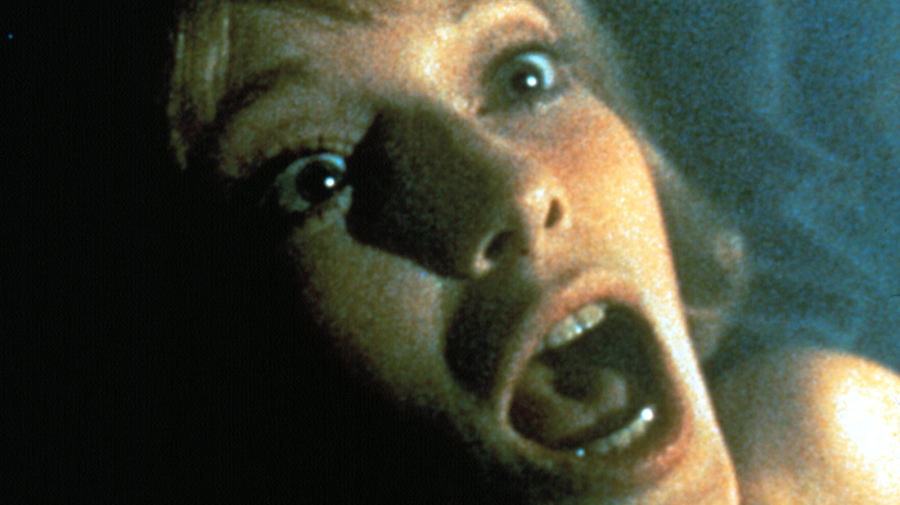
We wrote about this movie in our “Bad Dads” Father’s Day roundup recently, but it deserves mention here for being the flagship film in the demonic pregnancy genre of body horror. It’s the story of Rosemary (Mia Farrow), a woman whose husband does the unthinkable and gives his family over to a satanic cult.
Part of body horror is imagining that there’s something terrible inside of you, unseen. Rosemary’s Baby, as Rosemary’s paranoia mounts, makes you feel that fear to a sublime degree. It’s a film about possession and invasion, but, most troublingly, it’s also a film about choice. Rosemary doesn’t get to choose what’s happening inside of her body, and the decision she makes at the end of the movie shows the limitless capacity of a mother’s love.
Eraserhead (1977)
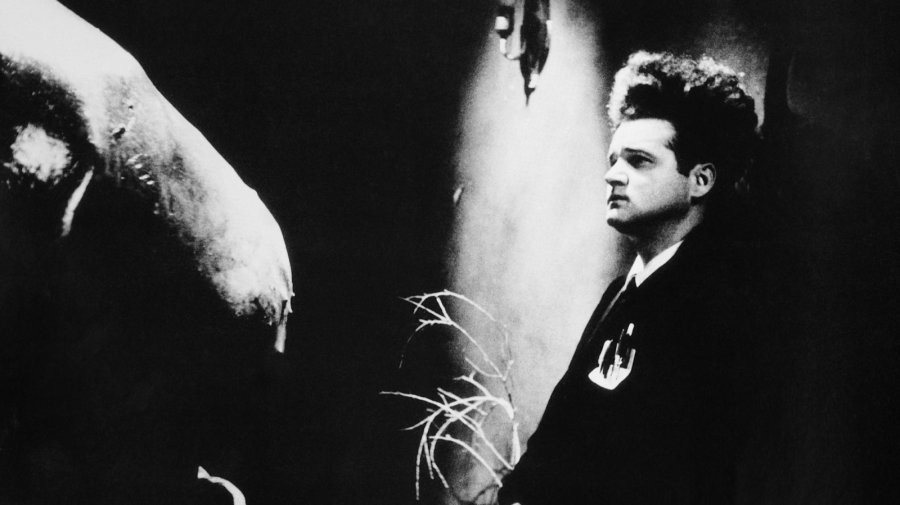
Another movie dealing with the emotional weight of parenthood, Eraserhead is nearly impossible to explain, plot-wise. It’s a dreamlike nightmare from the master of psychological horror, David Lynch. In fact, it was his first film, and that it was made as he himself was going through the emotional experience of raising a very young child is pretty creepy and troubling to consider.
The body horror elements are in the details. At dinner, a chicken that’s about to be carved moves and spurts blood, for example. The child itself is inhuman, reptilian and screaming. It really is a nightmare, but Lynch films can’t be experienced as simple narratives. It’s a curated series of moving images designed to unsettle and confuse you. It’s experimental, but the feeling in the end is pure body horror, as we are left deep in thought about the oddness of our physical selves.
Altered States (1980)
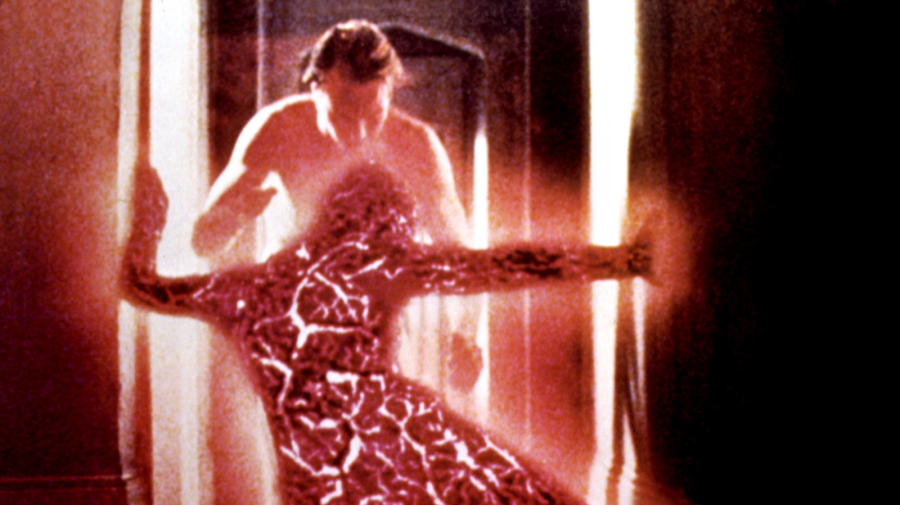
One of the greatest performances by recently deceased movie star William Hurt was this hallucinogenic classic from 1980. Hurt plays Eddie Jessup, a psychopathologist at Columbia University who ends up using psychoactive drugs and sensory deprivation tanks to explore the limits of human consciousness.
The results — this is a body horror movie, after all — are pretty horrifying. Jessup starts to experience the externalization of his visions; the things happening in his mind end up getting transferred into the real world. He begins to regress, turning into more and more primitive forms of life and consciousness. It’s wonderfully spooky to consider the possibility of your imagination becoming real — intoxicating and terrifying all at once. That’s what makes this movie such an exciting ride.
The Fly (1986)
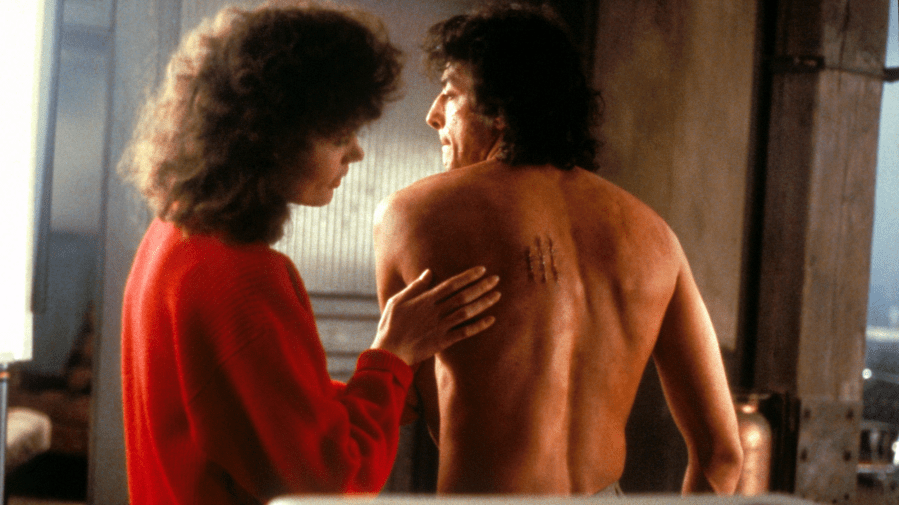
As far as I’m concerned, David Cronenberg’s 1986 film The Fly is the archetype of the body horror genre. You could include lots of Cronenberg’s films here: Shivers, Rabid, The Brood, Scanners, Videodrome and a whole bunch of other films he’s made over the course of his career are body horror classics. The Fly is, in some ways, the simplest though. It asks: what happens if, by accident, you cross a man with a fly?
Jeff Goldblum plays Seth, a weirdo scientist who’s working on a bit of technology involving the teleportation of matter between two pods. Geena Davis is Ronnie, a journalist he ropes into covering his experiments. You’re not going to believe this, but Seth ends up trying to transport himself, and a fly buzzes into the pod at that exact moment. And then we’re off to the races.
The movie gets to play with the classic elements of body horror: grotesque physical changes, experiments gone too far. It also gets to have some fun though. As Seth becomes more fly-like, he craves sugar and becomes inhumanly strong. In predictable fashion, he gets excited about the changes before he becomes afraid, but it’s too late.
Tetsuo: The Iron Man (1989)
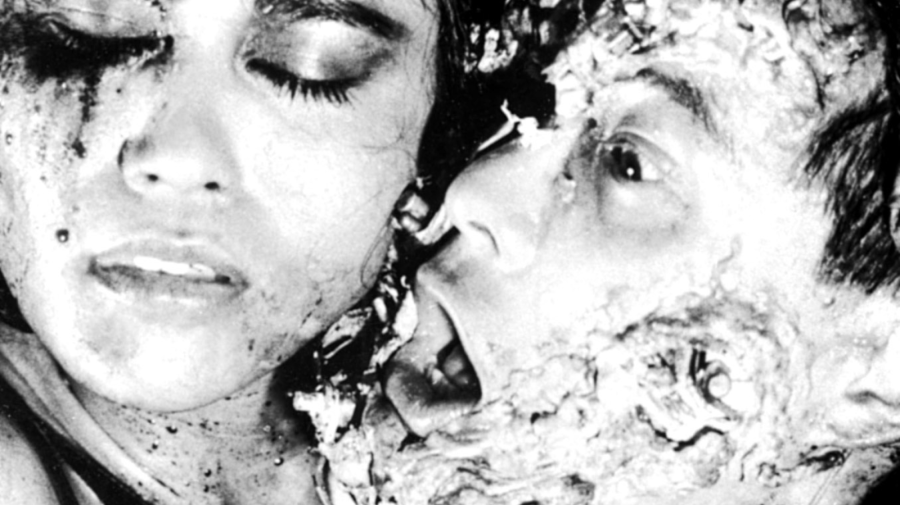
I don’t know if I’m recommending you watch Tetsuo: The Iron Man if you haven’t, but I can’t make a list of body horror movies without including it. It’s an incredibly low-budget independent Japanese film by Shinya Tsukamoto, and although it’s pretty brief — the run time is just over an hour — it’s a real ordeal to go through.
The basic idea is that a man who’s obsessed with adding metal to his body ends up creating a monster who becomes increasingly metallic in nature. The monster isn’t a glistening, smooth metallic creation like the T-1000 in Terminator 2 though. It’s hideous and deformed, with metal protrusions of all shapes and sizes.
In the end, the spread of this monster threatens to take over the entire planet, which is always the fear in these body horror transformations. But really this is an experiment in moods — the film is so frantic that it’s nearly impossible to follow, and you start to feel as though you’re watching a nightmare. When the scope widens out to the entire world, it’s jarring. You might have hoped this problem was local, but it’s global, and that’s the scariest part.
Mimic (1997)
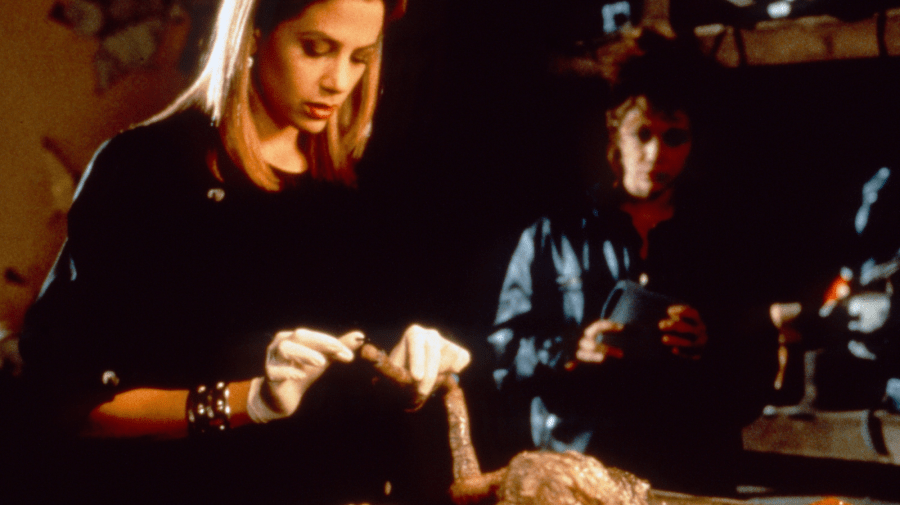
This movie by visionary director Guillermo Del Toro deserves credit for flipping body horror tropes in a way I’m not sure I’ve seen elsewhere in movies. Instead of the humans being transformed, a novel species of cockroach evolves to mimic the look of humans. But this doesn’t mean the characters are dealing with walking, talking cockroaches. In fact, it’s much scarier.
The story is about a team of scientists, led by entomologist Dr. Susan Tyler (Mira Sorvino). Alongside the CDC, the team creates a new species to eradicate the cockroaches in New York City, which are spreading a deadly disease that afflicts children. The new species is supposed to be unable to breed, but, as we learned in Jurassic Park a few years earlier, “Life finds a way.” It’s a real thrill-ride of a movie, but the scariest part is the way the new cockroaches, which have grown to be man-sized, can fold their wings to mimic a man’s face. I’m telling you: you will have shivers down your spine the first time you see it.
Titane (2021)
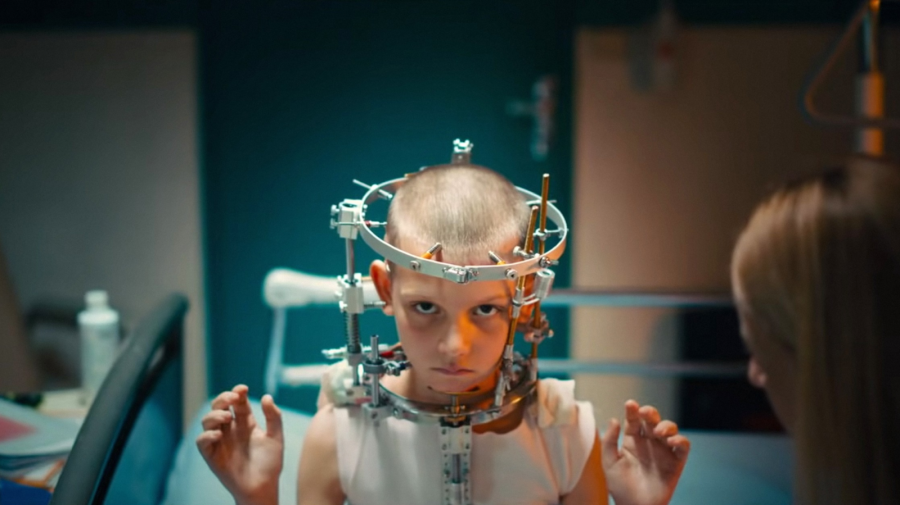
We seem to have gone beyond the golden age of the body horror movie, but once in a while a new director comes along who carries on the legacy of body horror directors like John Carpenter and David Cronenberg. The most recent is Julia Ducournau, who directed her debut feature film, Raw, in 2016. It’s about a veterinarian student who develops a taste for flesh, so, yes, Ducournau is squarely in the body horror zone.
Titane, which came out last year, is the story of a girl who has a metal plate put in her skull after experiencing a horrific car accident as a child. She grows up to be a serial killer who has, well — let’s just call it a strange relationship with metal. The movie is a terrifying masterpiece, and it makes me really excited to see what’s next for Ducournau, who is the daughter of a gynecologist and a dermatologist, if you can believe it.
The truth is that we understand so little about ourselves. Titane is a terrifying vision, yes, but so is getting old, if you really think about it. Our bodies are so familiar to us, but also so strange sometimes. Body horror movies are one way of exploring that strangeness. They’re about learning to accept what we can’t change, about remaining mysterious to ourselves, and that’s why we’ll always come back to them.

 Seth Landman
Seth Landman




